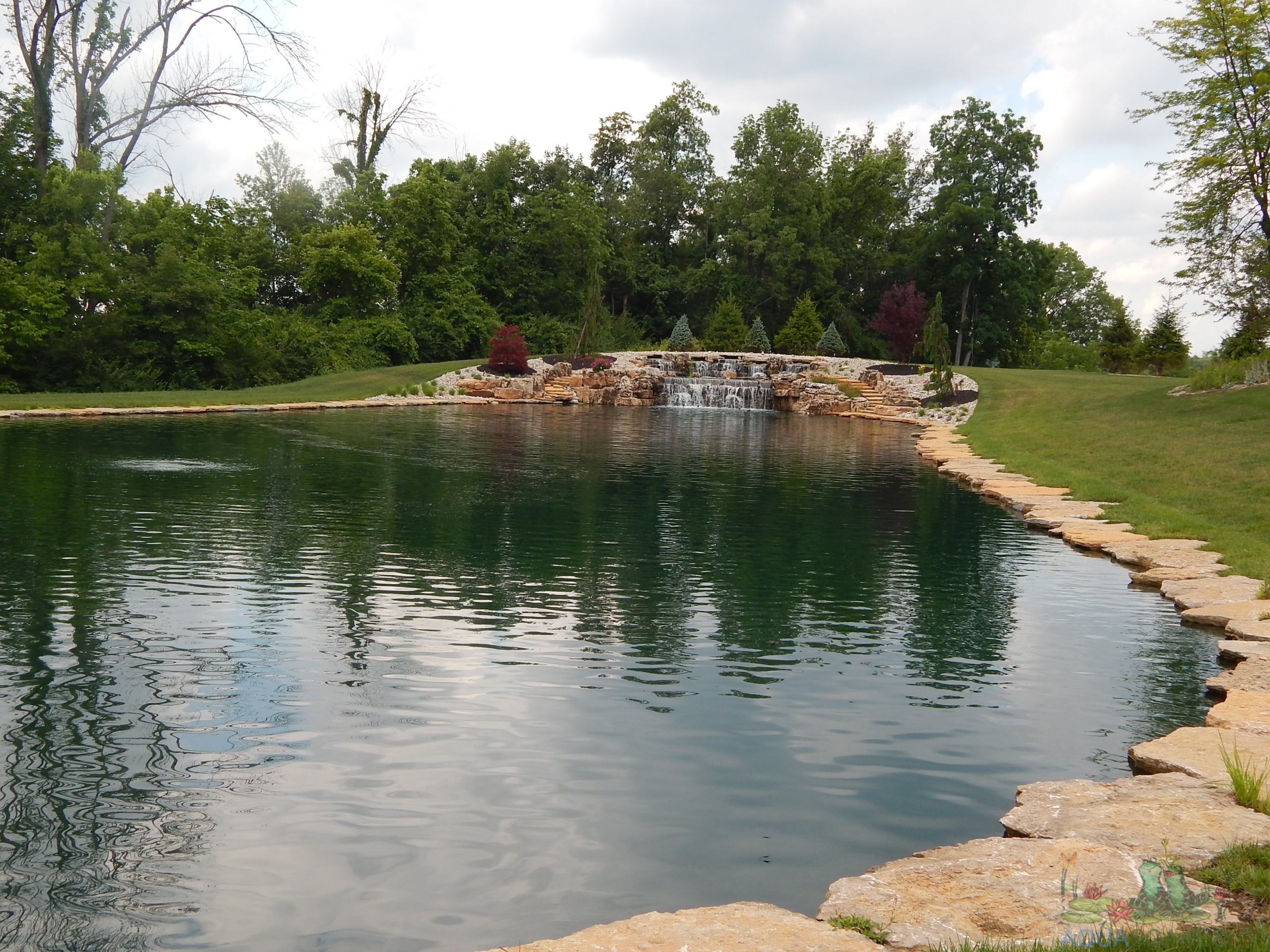[av_textblock size=” font_color=” color=” av-medium-font-size=” av-small-font-size=” av-mini-font-size=” av_uid=’av-l6qomp92′ custom_class=” admin_preview_bg=”]
Benefits of Rainwater Harvesting with Rain Gardens
Rainwater harvesting is an eco-friendly practice that involves collecting and storing rainwater for later use. One effective way to harness the benefits of rainwater harvesting is through the use of rain gardens. In this blog article, we will explore the advantages of rainwater harvesting with rain gardens, highlighting their environmental benefits, cost savings, and steps to design and build an effective rain garden. By the end, you will understand why rainwater harvesting and rain gardens are valuable additions to any sustainable landscape.
I. Environmental Benefits of Rainwater Harvesting with Rain Gardens
1. Water Conservation:
– Rain gardens capture and store rainwater, reducing the demand for municipal water supply and easing the strain on local water sources.
– By collecting and infiltrating rainwater into the ground, rain gardens help replenish groundwater levels, supporting local ecosystems and maintaining a healthy water cycle.
2. Stormwater Management:
– Rain gardens act as natural stormwater management systems, mitigating the impact of heavy rainfall by absorbing and filtering the runoff.
– They help reduce stormwater runoff that can overwhelm sewage systems, leading to pollution and flooding.
3. Water Quality Improvement:
– Rain gardens filter and cleanse rainwater as it percolates through the soil, removing pollutants and sediments.
– The plants and soil in rain gardens act as natural filters, reducing the amount of pollutants that reach streams, rivers, and other water bodies.
4. Habitat Creation:
– Rain gardens provide a habitat for a variety of beneficial insects, birds, and other wildlife, contributing to biodiversity and supporting local ecosystems.
– Native plants in rain gardens attract pollinators, such as bees and butterflies, helping to sustain essential populations and promote plant reproduction.
II. Cost Savings and Benefits
1. Reduced Water Bills:
– Rainwater harvesting can significantly reduce dependence on municipal water supplies, leading to substantial savings on water bills, especially during dry seasons or in regions with water scarcity.
2. Lowered Infrastructure Costs:
– By capturing and infiltrating rainwater on-site, rain gardens can help reduce the need for costly stormwater management infrastructure, such as retention ponds or larger drainage systems.
3. Erosion Control:
– Rain gardens help prevent soil erosion by capturing and slowing down runoff, allowing water to infiltrate the ground rather than washing away valuable topsoil.
4. Energy Savings:
– Utilizing rainwater for landscape irrigation reduces the need for energy-intensive water pumping and distribution systems, resulting in energy savings and reduced carbon emissions.
III. Designing and Building an Effective Rain Garden
1. Site Assessment:
– Evaluate your property to identify suitable locations for a rain garden. Consider factors such as slope, soil type, drainage patterns, and proximity to existing structures.
2. Sizing and Shape:
– Determine the appropriate size and shape of the rain garden based on the amount of rainfall in your area, the size of your roof or catchment area, and the soil’s infiltration capacity.
– Generally, a rain garden should have a depth of 6-12 inches and be sized to capture and retain runoff from the desired contributing area.
3. Plant Selection:
– Choose native plants that are adapted to the local climate, soil conditions, and hydrological needs.
– Select a mix of plants with varying root depths and water requirements to ensure optimal water absorption and maximize the rain garden’s ecological benefits.
4. Soil Preparation:
– Improve the soil’s infiltration capacity by incorporating organic matter, such as compost, into the planting area. This helps create a well-drained yet moisture-retentive soil for the rain garden.
5. Rain Garden Construction:
– Excavate the designated area to the desired depth and shape, ensuring that the bottom is level and the sides have a gentle slope.
– Add a layer of gravel or crushed stone at the bottom to facilitate drainage and prevent soil compaction.
– Fill the rain garden with the amended soil mixture, leaving space for the desired plants and allowing for proper water infiltration.
6. Mulching and Maintenance:
– Apply a layer of mulch, such as wood chips or shredded leaves, to help retain moisture, suppress weeds, and improve the rain garden’s aesthetics.
– Regularly monitor the rain garden, especially during the establishment phase, to ensure proper plant growth, weed control, and sediment removal.
Rainwater harvesting with rain gardens offers numerous environmental benefits, cost savings, and the satisfaction of conserving water and contributing to a sustainable landscape. By capturing and utilizing rainwater on-site, rain gardens help reduce water demand, manage stormwater runoff, improve water quality, and create habitat for wildlife. Additionally, they provide financial savings through reduced water bills, lowered infrastructure costs, and energy efficiency. Designing and building an effective rain garden involves thoughtful planning, site assessment, proper plant selection, and ongoing maintenance. Embrace the benefits of rainwater harvesting and consider incorporating a rain garden into your landscape to make a positive impact on the environment and your wallet.
[/av_textblock]
[av_image src=’https://aquascapes.com/wp-content/uploads/2015/11/Brown-6-25-2.jpg’ attachment=’6754′ attachment_size=’full’ align=’center’ styling=” hover=” link=” target=” caption=” font_size=” appearance=” overlay_opacity=’0.4′ overlay_color=’#000000′ overlay_text_color=’#ffffff’ copyright=” animation=’no-animation’ av_uid=’av-ljlpq8a5′ custom_class=” admin_preview_bg=”][/av_image]
[av_one_full first min_height=” vertical_alignment=” space=” custom_margin=” margin=’0px’ link=” linktarget=” link_hover=” padding=’0px’ border=” border_color=” radius=’0px’ background=’bg_color’ background_color=” background_gradient_color1=” background_gradient_color2=” background_gradient_direction=’vertical’ src=” background_position=’top left’ background_repeat=’no-repeat’ animation=” mobile_breaking=” mobile_display=” av_uid=’av-10y8z8n’]
[av_textblock size=” font_color=” color=” av-medium-font-size=” av-small-font-size=” av-mini-font-size=” av_uid=’av-108iu6v’ custom_class=” admin_preview_bg=”]
Check out our store for all your water gardening needs! Aquascape products are Aquascape Inc. Certified.
Thanks for reading at Meyer Aquascapes! We hope you’ve enjoyed our post on garden pond design. Please leave a comment below if you liked it or have any questions. We’d love to hear from you! Thanks for stopping by!
[/av_textblock]
[/av_one_full]
[av_hr class=’short’ height=’50’ shadow=’no-shadow’ position=’center’ custom_border=’av-border-thin’ custom_width=’50px’ custom_border_color=” custom_margin_top=’30px’ custom_margin_bottom=’30px’ icon_select=’yes’ custom_icon_color=” icon=’ue808′ font=’entypo-fontello’ av_uid=’av-4bnqpz’ admin_preview_bg=”]
[av_heading heading=’How can we help?’ tag=’h1′ link_apply=” link=” link_target=” style=’blockquote modern-quote modern-centered’ size=” subheading_active=” subheading_size=’15’ margin=” padding=’10’ color=” custom_font=” custom_class=” admin_preview_bg=” av-desktop-hide=” av-medium-hide=” av-small-hide=” av-mini-hide=” av-medium-font-size-title=” av-small-font-size-title=” av-mini-font-size-title=” av-medium-font-size=” av-small-font-size=” av-mini-font-size=”][/av_heading]
[av_textblock size=” font_color=” color=” av-desktop-hide=” av-medium-hide=” av-small-hide=” av-mini-hide=” av-medium-font-size=” av-small-font-size=” av-mini-font-size=” av_uid=’av-334avi’]
[/av_textblock]

